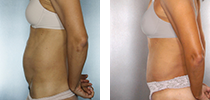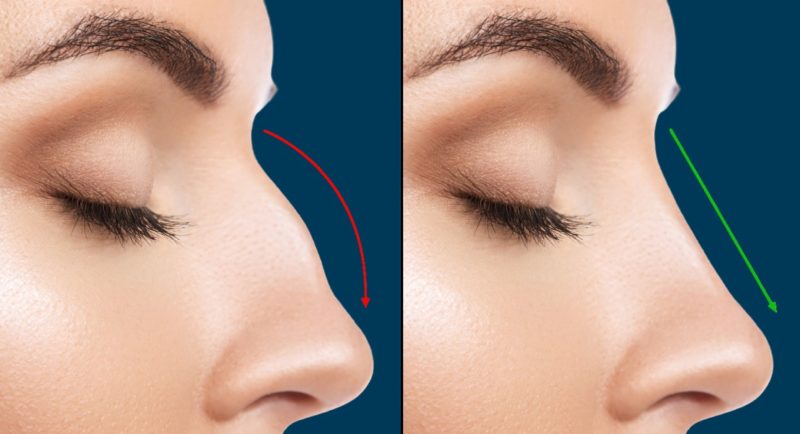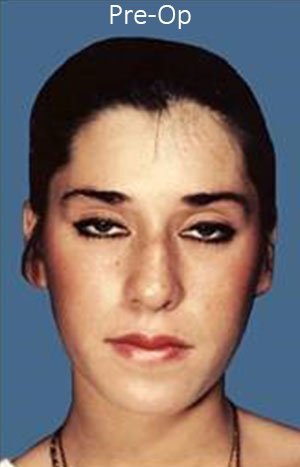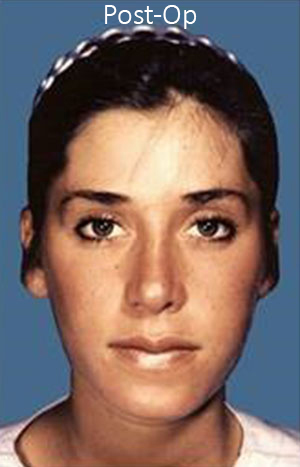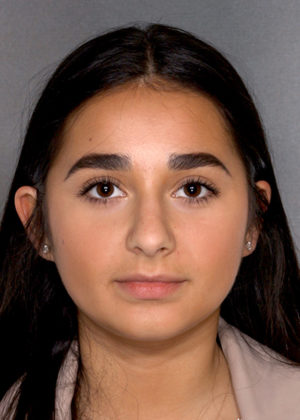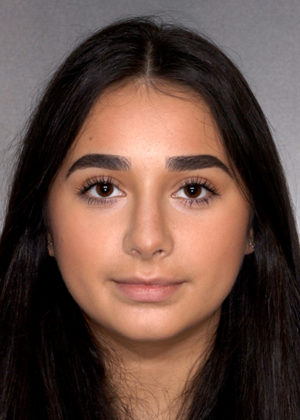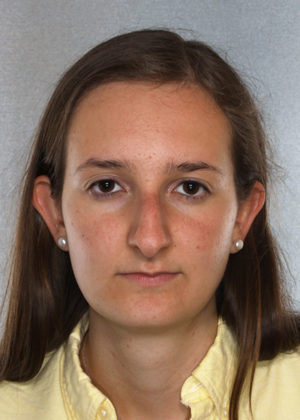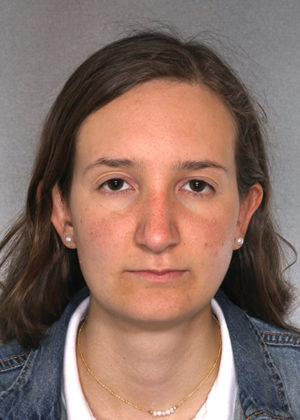Rhinoplasty is a surgical procedure that enhances the appearance and proportions of the nose. Reasons for getting a nose job vary from person to person. They may be correcting a congenital deformity, enhancing their appearance, repairing an injury, or improving respiratory problems. Regardless of the reason, patients can count on both cosmetic and functional improvements with a rhinoplasty procedure. The highly customized process addresses overly large nostrils, bumps, or a deviated septum. Dr. John E. Sherman and his exemplary staff are here to provide improved proportion, symmetry, and function to your nose. Contact us for a consultation at our inviting office in the Upper East Side of New York City. You can reach us at (212) 535-2300.
Contents
A Brief History of Rhinoplasties
Did you know that rhinoplasty has been performed since the days of early civilization? The earliest known documentation of rhinoplasty is in an ancient Egyptian papyrus dating back to approximately 3000 BCE. Although finally translated in 1930, it was recently translated again by a curator at our neighboring Metropolitan Museum of Art, using modern medical terminology. It details 48 different surgical procedures performed on the head and neck, including a rhinoplasty. Other ancient texts such as the Ebers Papyrus (from around 1550 BCE), an Ancient Egyptian medical papyrus, and the Nuzi Tablets (1600-1350 BCE) from what is now Iraq, describe the treatment as a surgical correction for deformities. Unfortunately, a contributing factor to the development of ancient nasal reconstruction was that nasal injuries were often inflicted as a punishment for breaking the law. Even the ancients knew about the emotional turmoil that having an irregular nose could cause.
But like today, medicine kept pace to continue to improve and heal this central feature. Ayurvedic doctors documented the first tissue grafts in Sanskrit, and centuries later, Renaissance doctors continued to develop improved techniques.
It wasn’t until the late 19th century that aesthetic rhinoplasty took shape. In 1887, the now controversial American otolaryngologist John Orlando Roe performed what is considered the first modern rhinoplasty on a patient who suffered from the appearance of her “pug” nose. [1] Since then, this procedure has enriched the lives of countless people who want to improve the aesthetics or functionality of their nose. [2] Aesthetic rhinoplasty addresses cosmetic concerns that enhance the nose’s overall shape and symmetry. Functional rhinoplasties are performed to adjust nasal airwaves and correct breathing problems caused by a deviated septum. But regardless of the patient’s concern, Dr. Sherman and his staff are committed to delivering life-changing results.
Before and After Photos
Benefits of Nasal Surgery
A rhinoplasty procedure provides patients with a better quality of life by improving the function and aesthetics of the nose.
A Rhinoplasty can:
- Change the shape, size, and angle of the nose
- Correct respiratory problems
- Straighten hump or dips in the dorsum
- Bring better symmetry and proportions to the face
- Reshape nostrils and tip of the nose
- Repair nose after injury, trauma, or accident
Candidates
Healthy individuals over 13 years of age are ideal candidates for this transformative procedure. If you feel your nose is affecting your life, a rhinoplasty may be the solution. Those suffering from respiratory problems are strongly encouraged to seek treatment.
Prospective patients should also be:
- A Non-smoker or be willing to stop
- In good health without significant underlying conditions
- Dedicated to a responsible recovery
A consultation with Dr. Sherman will explain the eligibility requirements for a rhinoplasty. To see how you can benefit, schedule one with him by using our easy online contact form. Or, call (212) 535-2300 to speak with a friendly staff member.
Personal Consultation
Dr. John E. Sherman is a highly celebrated plastic surgeon in greater New York. Over the past 30 years of his practice, he has been consistently recognized by top publications and medical organizations for patient care and results.

Your initial consultation will take place in our office on the Upper East Side. First, you’ll go through a brief patient intake so we can learn more about your medical history and aesthetic intentions. Then, we’ll examine your nose. This will help us tailor your treatment plan and estimate your recovery time. Once Dr. Sherman determines the right approach for you, we will explain the process in full detail. We’ll conclude the consultation by scheduling your surgery and providing you with guidelines to prepare for your surgery. Remember to follow them carefully to ensure successful treatment with excellent results.
Schedule a meeting with Dr. Sherman and realize an improved aesthetic for your nose. Or call (212) 535-2300. Can’t make it to the office? No problem. We are pleased to offer patients easy virtual consultations. The process is simple. Just enter your information, submit photographs, and describe your surgical goals. Our office will be in touch with you once all items are submitted. In the meanwhile, we highly recommend reading informational blog posts on other procedures we offer.
Preparation
Preparing for your rhinoplasty is not stressful. Only a few pre-surgical instructions need to be followed to ensure a successful surgery.
Steps to Prepare for a Rhinoplasty Include:
- Quit Smoking: Halt smoking at least two weeks before surgery and for the duration of your recovery. Consuming tobacco is known to restrict blood flow and can prevent you from healing properly.
- Prepare to adjust diet: If you’ll be administered general anesthesia, please do not eat anything eight hours prior to your surgery. We also recommend shopping for soft foods such as soup, apple sauce, and jello for post-surgery meals.
- Arrange transport: Pick someone to drive or escort you home from our offices as you may be under the effects of anesthesia.
- Fill prescriptions: Visit the pharmacy and pick up medication prescribed by Dr. Sherman.
- Arrive ready: Come to your appointment without cosmetics or fragrance, and a comfortable button-up shirt to return home in.
Procedure
Your nasal surgery may be performed at our fully accredited office in the Upper East Side or in a hospital. It all depends on your age and health. We’ll get you comfortable by administering IV sedation or general anesthesia, depending on your condition. Most producers are performed with either a breathing mask or endotracheal tube.
The following steps depend on your treatment plan and your desired results. Here’s what you can expect: [3]
Closed (Internal) Rhinoplasty
During a closed rhinoplasty procedure, Dr. Sherman makes incisions inside the nasal membrane. This results in no visible scars. This internal incision gives him easier access to the underlying nasal structure to adjust to mild to moderate imperfections.
Open (External) Rhinoplasty
Open rhinoplasty is for patients requiring more involved adjustments. First, an incision is made on the central underside of the nose on the columella. Then, the skin is lifted back to give Dr. Sherman better access to bone and cartilage.
Septoplasty
A septoplasty is dedicated to correcting breathing problems caused by a deviated septum. The process involves Dr. Sherman cutting a wall on one side of the nose then removing the mucosa to allow access to bone and cartilage. Cartilage is then reshaped and repositioned. The mucosa will be placed back over the septum. Finally, splints or soft packing are inserted to hold the tissue in place.
All incisions are sutured closed once the desired aesthetic or function is achieved. The procedure usually lasts for 1-1 ½ hours.
Recovery
Every patient will heal at their own pace. Below is an estimated timetable for rhinoplasty patients.
- You may be given a splint placed over your nose for 6-7 days to protect results.
- Rest on your back and keep your head elevated for the first two weeks.
- Mild bruising, discomfort, and discoloration may be felt for the first two weeks. Take the medication as directed by Dr. Sherman to offset the pain.
- Adjust your diet to soft foods for the first few weeks after surgery. Then, progressively, start incorporating regular foods.
- Use contact lenses instead of eyeglasses for three weeks or until the splint is removed.
- In two weeks, most patients feel comfortable to resume light work. Strenuous activities can continue after 3-4 weeks.
Results
Visible results can be seen after surgery and will continue to show in the upcoming weeks. When swelling and bruising subside, patients will see great improvements in the aesthetics and functioning of the nose. Full results can be seen within a year.
Cost
Several factors are taken into account when tabulating costs. Your treatment plan and your condition will ultimately determine how much your rhinoplasty will cost. Dr. Sherman will provide you with an accurate estimate at your consultation. Your health insurance provider may cover a portion of the procedure provided if your surgery serves a medical purpose.
FAQ
What is the difference between a “closed” and “opened” rhinoplasty?
Closed rhinoplasty refers to incisions made carefully inside of the nose. On the other hand, an open rhinoplasty involves a small incision made across the bottom portion of the nose, or columella.
Should I get a rhinoplasty?
If you would like to improve your nose’s appearance, you may benefit from a rhinoplasty treatment. Those who have trouble breathing are highly recommended for surgery as well.
Does the procedure hurt?
Dr. Sherman takes your comfort seriously. During your operation, you will be under anesthesia so that you won’t feel a thing. Swelling and bruising are expected, but this can be remedied with the medication given to you.
References
- Bagheri, S. C. (2012). Rhinoplasty: current therapy (1st ed., Vol. 24). Saunders.
- Raggio, B. S., & Asaria, J. (2021). Open Rhinoplasty. PubMed; StatPearls Publishing. https://www.ncbi.nlm.nih.gov/books/NBK546628/
- Rudy, S. F., & Most, S. P. (2017). Rhinoplasty. JAMA, 318(14), 1406–1406. https://doi.org/10.1001/jama.2017.13267



